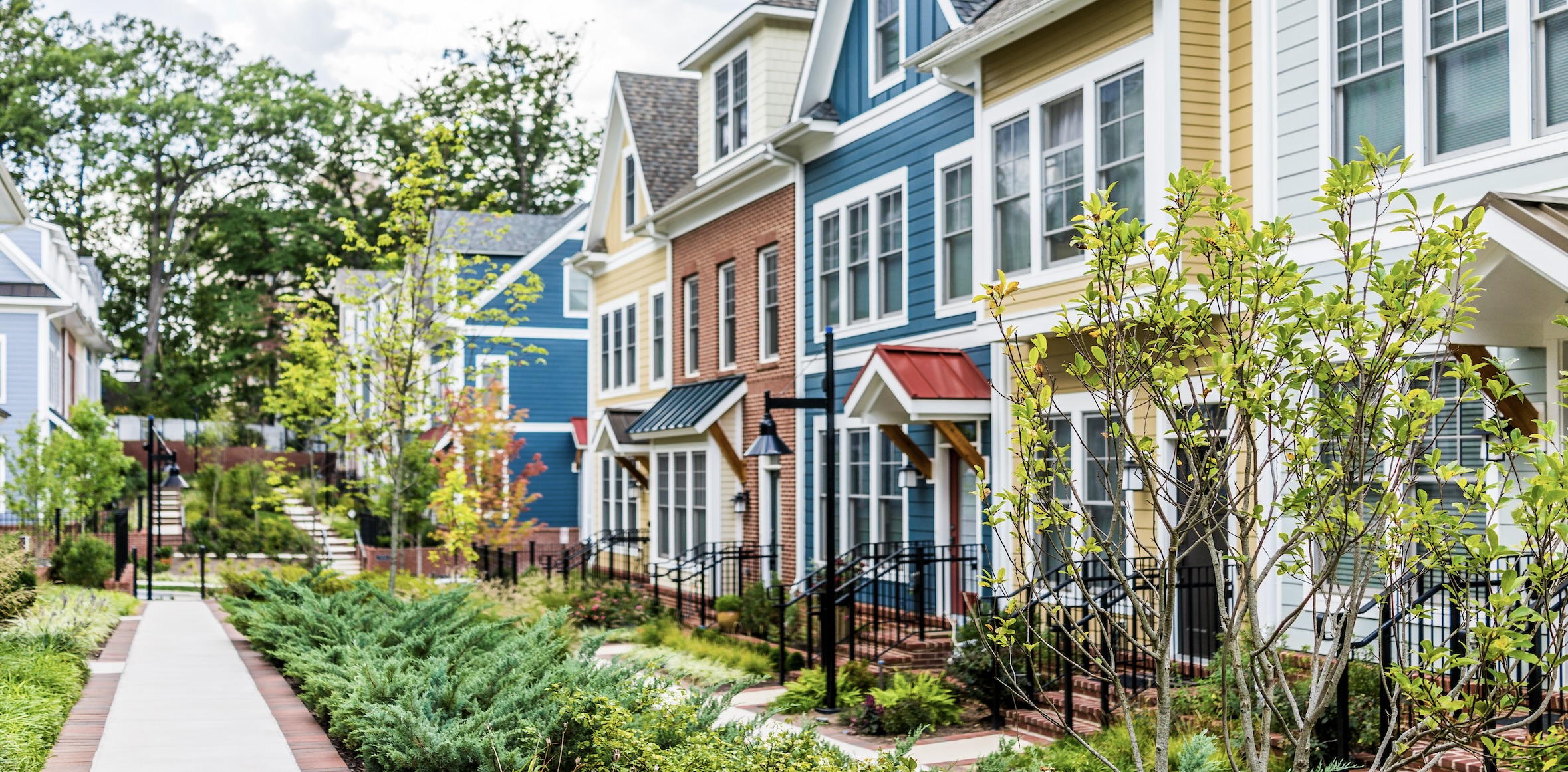When The New York Times called Tia Stanley wanting to feature one of her more unusual listings in a slideshow titled “What you get for $250,000,” she knew her marketing tactics were paying off. The property is the Coleman-Murphy house, a 1,134-square-foot ranch-style log cabin built in 1938 and perched on the cusp of Colonial Williamsburg, Virginia.
“I invest a lot in my online marketing,” says Stanley, an agent with RE/MAX Capital in Williamsburg since 2010. “That’s how the seller found me. And when the reporter called me, she said she searched for houses in Virginia in a price range, and my listing came right up. Well, there are a lot of houses in Virginia in that price range.”
Stanley credits the broad exposure – including paid ads on Google and numerous websites, a vigorous social media campaign and an individual website for the property itself – for the listing’s search-engine prominence.
Recommended for You
Getting the Word Out
Stanley’s approach to promoting this $199,000 jewel – located a block from Colonial Williamsburg, roughly half a mile from the Governor’s Palace; and two miles from William & Mary, the nation’s second-oldest college – has been both similar to and different from her usual strategy. For all her listings, Stanley provides beautiful, solar-lit signage (“I’m a sign snob,” she admits); a distinct property website; property-specific business cards; inclusion across four MLS sites; and more.
“I always look for that little something extra I don’t see other agents doing,” she says. “And that’s what I bring to the table.”
But for a small two-bedroom, one-bath, in-town log cabin, Stanley knew she needed even more “extras.” She dove into research about log cabins, so she could knowledgably represent the property. She bought ads on specialty websites, such as logcabinhomes.com, and she and RE/MAX Capital Broker/Owner Bobby Jankovic splashed the property across social media, garnering a lot of attention.
The Next Step
The attention generated traffic – about 60 showings, Stanley says – but some much-needed repairs and updating, especially to the exterior, hindered actual offers. Not surprisingly, Stanley had encouraged the seller to tackle the repairs before listing the property, but to no avail.
“Looking back, I wish I had pushed back on the seller more, but when you’re competing for the listing, you always walk a fine line,” she says. Also, the seller put the property on the market in the winter, which resulted in photos that didn’t showcase the home in its prime, Stanley adds.
After a few months with no buyer, the seller agreed to take on the necessary repairs, and Stanley didn’t settle for just any handyman, Jankovic says.
“The seller went on a pretty hard search for a log-cabin-qualified repair contractor, which was not easy,” he says. “If you go out about an hour or two, there are more log cabins, but they’re not common in this area.”
Ultimately, a specialty contractor completed the repairs right about when The New York Times article went to print – fortuitous timing, considering the article generated calls from across the country.
With the repairs in place and the marketing going strong, Stanley is hopeful that a buyer will soon emerge.
“I already have three or four showings set up with people who saw the article, so that’s fun,” she says. “And selling the property – that will be really fun.”
Editor’s note:
The repairs and marketing appear to have paid off. Shortly after this story was completed, Stanley emailed with news that the log cabin on the edge of Colonial Williamsburg was under contract.
Land a Unique Listing? Here’s How to Market It.
1. Educate yourself. “Anticipate the questions you’ll get. When a home is unique, you’re going to get unique questions,” says agent Tia Stanley. “The things you don’t know about the property, no one else does either. I won’t say I’m an expert on log homes now, but I learned a lot, so I can be a resource to buyers.”
2. Educate the seller. By nature, a specialty property isn’t for everyone. “Out of 100 potential buyers, maybe one wants a log cabin,” Stanley says. That means it’s good to convince the seller to give the property every possible advantage, including completing necessary repairs and updates and being strategic about when to put it on the market. It’s also wise to inform the seller that, because of the more-limited buyers’ pool, the on-market time may be longer than with a conventional property. Stanley tells of the one other log-cabin listing she had, back when she first moved to Virginia in 2013. “The buyers told me they would keep it on the market only 60 days,” she says. “Looking back, I should have told them it wasn’t worth the effort if they weren’t going to give it adequate time to sell.”
3. Cast a wide net. Stanley has spread the word about her specialty listing through social media, advertising through Google and other online venues, and listing with multiple MLS systems. “That helps us reach more listing agents and brokers,” says Broker/Owner Bobby Jankovic of RE/MAX Capital, where Stanley is a Sales Associate. “We find that’s helpful, because agents will come see the property, even if it’s not necessarily geographically convenient to them.” And although The New York Times sought out Stanley, you don’t have to wait for reporters to come to you. Sharing news of your listing with various media outlets can be an effective way to generate widespread publicity.
4. Cast a narrow, niche-specific net too. Advertising on specialty sites that fit your listing can connect you with more targeted potential buyers, Stanley says.
5. Seek out specialists. Hold out for contractors who understand the distinct characteristics of the property, so you can showcase it at its best. Specialized properties call for specialized attention.














